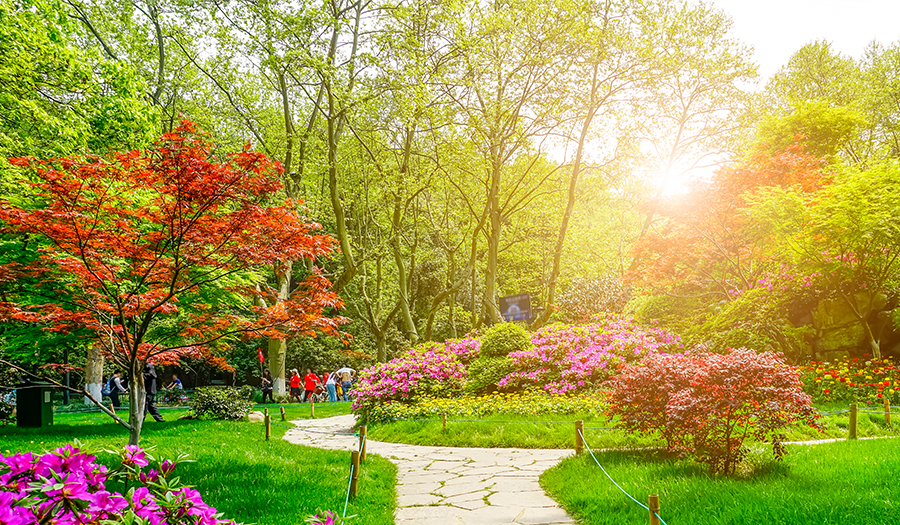Every year between January and March the Costa Rican landscape is dressed in color by the flowering of some species of trees. They are present both in the city and the countryside, passing through fields and coffee plantations. Sidewalks, parks and boulevards are decorated by lilac, red and yellow flowers that fill the landscape before falling and turning into melancholy carpets.
Some of the trees that we can find are:
Fistula reed

Fistula cane is a plant native to Egypt, the Middle East and warm areas of Asia from southern Pakistan east through India to Myanmar and southern Sri Lanka.
It is the national tree of Thailand.
In some American countries (Venezuela, Colombia, Costa Rica) it is called the fistula cane. In Colombia, in Mexico and probably in other countries, it is also known as golden rain.
Poró Extranjero (Bucare)

Although it is a forest species native to the mountainous regions of Peru, the giant poró has been naturalized in Costa Rica. It was introduced in the early twentieth century as a shade tree for the coffee plantations of the Central Valley.
Yellow Bark (Araguaney)

Although the national tree of Venezuela, you see them everywhere, in some areas you can start to see them from January and February.
Jacaranda

Jacaranda is a tree native to tropical America (there are many in the northern region of South America), today the Jacaranda is planted as an ornamental in many parts of the world. Nearby, in Colombia, it is called "gualanday", and is studied and used a lot in natural medicine.
Savannah oak (Apamate)

It blooms from January to April and its pinkish color makes it difficult to go unnoticed in Costa Rica. Its scientific name is Tabebuia Rosea, although it is commonly referred to as savannah oak.
This tree can measure up to 30 meters in height, the species can be found on both sides of the country, but it is much more common in the Pacific region, between 0 and 1,200 meters above sea level.
Do not miss this beauty, take advantage of the summer afternoons to take a walk through the park of your community, green areas, go ahead and take a short walk. Surely you can find some of these trees and enjoy the colors of summer, take some photos and turn this landscape into part of your memories.
But if you want to go a little further it is common to see them in the warm areas and coasts of the country, head towards the Central Pacific that the road to Hotel Punta Leona is completely decorated by these beauties.

